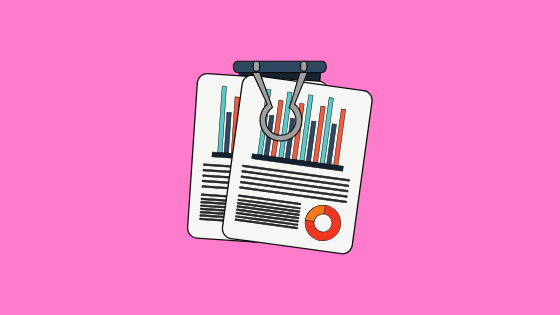Data, Partner
The key to onboarding good businesses (at scale)
- The challenges of business identity can exacerbate credit accessibility, fraud risks, and regulatory compliance issues.
- Hany Fam, Founder & CEO of Markaaz, shares an innovative and scalable approach to KYB which includes resolution, verification, and monitoring.
Hany Fam, Markaaz | April 30, 2024
Banking, Data
FIs are warming up to alternative data and 93% think it will have a positive impact on their bottom lines
- Recent data shows that FIs are warming up to the possibilities alternative data presents, albeit slowly.
- If FIs can better determine who is a good credit risk, it's good for consumers as well as lenders’ own bottom lines.
Rabab Ahsan | April 16, 2024
Data, Lending
The Financial Data Evolution: Unraveling lending in open finance with Akoya’s Rishi Kapadia
- As part of Tearsheet Talks: Lending x Credit, Data, Rishi Kapadia, product manager at Akoya, discussed "The Financial Data Evolution: Unraveling Lending in Open Finance."
- Kapadia sees open finance facilitating an evolution in the whole user experience in the lending process.
Tearsheet Editors | October 31, 2023
Data, Lending
Best practices for fusing internal and external data to enhance credit decisioning for SMB lending with Stripe’s Yaakov Erlichman
- Learn strategic and tactical best practices for maximizing the fusion of internal and external data to enhance credit decisioning and risk management for SMB lending.
- Stripe's Yaakov Ehrlichman, head of capital and SMB risk, covers both conceptual and implementation considerations for reconciling data sources tailored to the unique needs of the SMB market.
Tearsheet Editors | October 26, 2023
Data, Partner
How payments providers can tap into the growing SMB market
- The POS market continues to grow, driven by digitalization and new vertical offerings, but there's a lack of available data around SMB revenue, growth trends, and other metrics to help capture these businesses as customers.
- Data firm Enigma provides comprehensive data about the identity and financial health of millions of businesses, enabling visibility into real revenues and financial trends across this growing market.
Enigma | August 24, 2023








